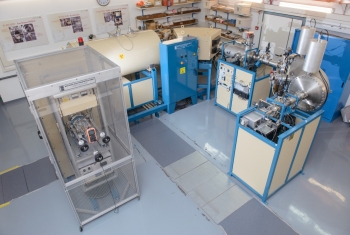Assembling the accelerator - time lapse
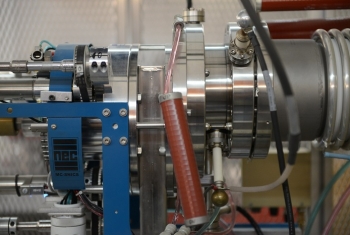
Accelerator Mass Spectrometer
The Dangoor REsearch Accelerator Mass Spectrometer (D-REAMS) is a dedicated carbon-only AMS system, built by National Electrostatics Corporation (NEC). It is based on the 1.5SDH Pelletron, operating at 460 keV. The machine was installed at the Weizmann Institute of Science, Rehovot, Israel, in January–February 2013, and passed the acceptance test on March 2013. Since then, over 6500 samples have been successfully measured. The system's performance was described in the journal Radiocarbon.
to the paper
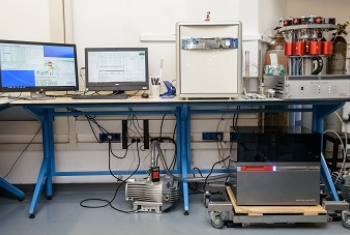
EA-IRMS-AGE3 System
On November 2017, a third generation of the Automated Graphitization Equipment (AGE3) was installed in the lab. The AGE3 instrument, manufactured by Ionplus, is coupled with an elemental analyzer (EA, 'vario ISOTOPE SELECT' by Elementar) and an isotope ratio mass spectrometer (IRMS, 'isoprime presicION' by Elementar). The system measures important parameters for sample evaluation and past climate and diet studies (%C, %N, δ13C, and δ15N), with or without automated graphitization.
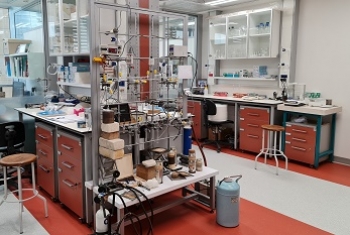
Sample Preparation Laboratory
Different samples require different pre-treatment procedure prior radiocarbon dating. From the standard ABA treatment for charred samples, collagen extraction for bones or cellulose extraction for plants, and to sample-specific treatment due to poor preservation state or unique contaminants. Moreover, we focus on the development of new pre-treatment procedures for challenging materials (such as phytoliths, ash, plaster, small sample size and more). The pre-treatment is followed by graphitization.
Selected papers
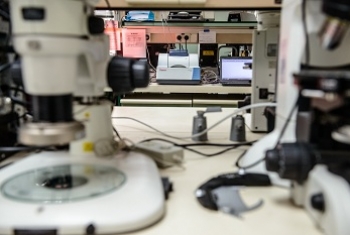
Material Characterization Lab
Material characterization is essential in two levels: First, the sample itself. As most of our samples were buried for thousands of years, modes of preservation, degradation, and contamination influence the decision of suitable pre-treatment and even whether to date the sample at all. Second, in order to verify the relevance of an archaeological sample to its presumed context, micro-archaeological analytical tools should sometimes be used. Fourier Transform Infra-Red (FTIR) spectrometer is used for materials identification and characterization, and various microscopes are used for petrography, micromorphology, and more. Selected papers
This laboratory is joined with the Kimmel Center for Archaeological Science.
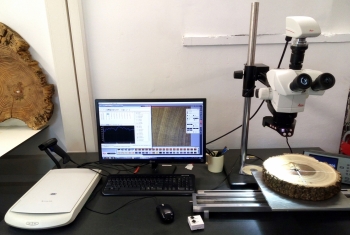
Tree-Rings and Botanical Remains Lab
Trees and seeds bear valuable climatic and chronological data. We work on local plants, modern and archaeological, in order to expand the knowledge on past climate, plant domestication, tree growth patterns, and more. The lab is fully equipped for extracting cores from fresh and dry wood, their preparation and analysis, as well as wood and seeds identification and morphometric studies.
Selected papers

